THIS EDITION HAS BEEN SOLD OUT
Available from November 2020: The Ardennes 1944-1945 – Hitler’s Winter Offensive Revisited, Volume I
and
The Ardennes 1944-1945 – Hitler’s Winter Offensive Revisited, Volume II
In December 1944, just as World War II appeared to be winding down, Hitler shocked the world with a powerful German counteroffensive that cracked the center of the American front.The attack came through the Ardennes, the hilly and forested area in eastern Belgium and Luxembourg that the Allies had considered a “quiet” sector. Instead, for the second time in the war, the Germans used it as a stealthy avenue of approach for their panzers.Much of U.S. First Army was overrun, and thousands of prisoners were taken as the Germans forged a 50-mile “bulge” into the Allied front.
But in one small town, Bastogne, American paratroopers, together with remnants of tank units, offered dogged resistance. Meanwhile the rest of Eisenhower’s “broad front” strategy came to a halt as Patton, from the south, and Hodges, from the north, converged on the enemy incursion.
Yet it would take an epic, six-week-long winter battle, the bloodiest in the history of the U.S. Army, before the Germans were finally pushed back.Christer Bergström has interviewed veterans, gone through huge amounts of archive material, and performed on-the-spot research in the area. The result is a large amount of previously unpublished material and new findings, including reevaluations of tank and personnel casualties and the most accurate picture yet of what really transpired.
”I have never read a more outstanding World War II book.”
– Review by Lars Navander, lieutenant colonel and former Intelligence Officer at the Swedish Headquarters
Read more reviews on the book by clicking here.
See also the book’s web page – click here.

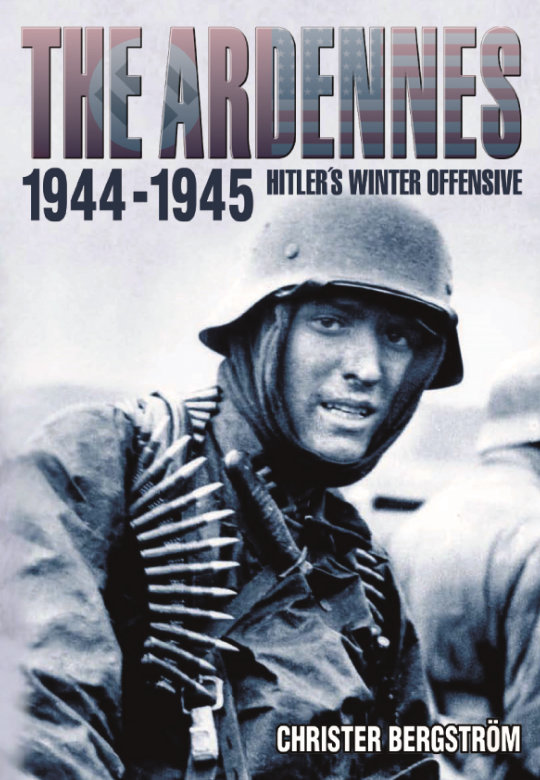
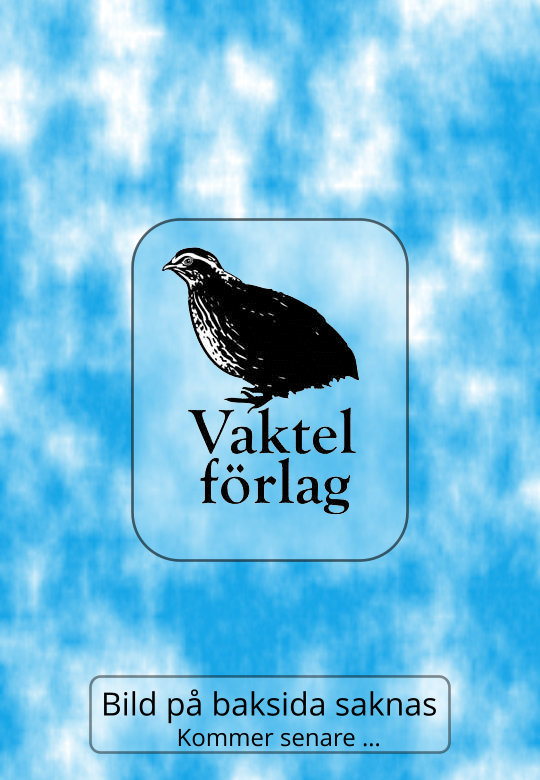
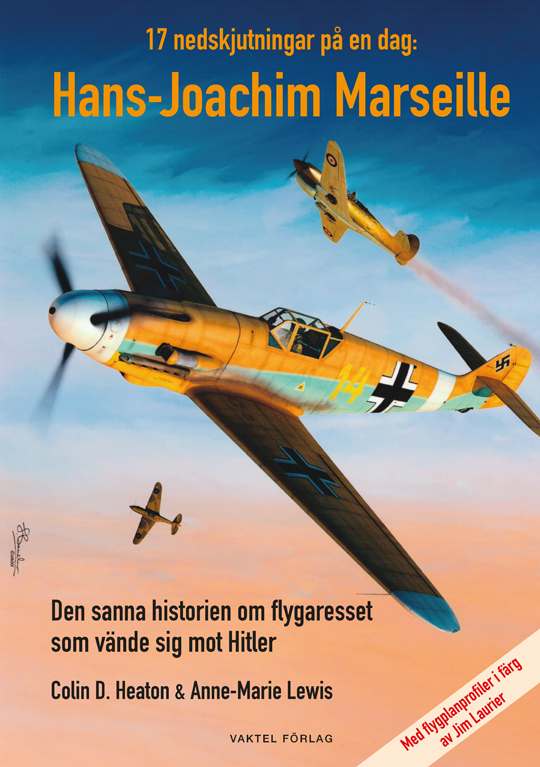
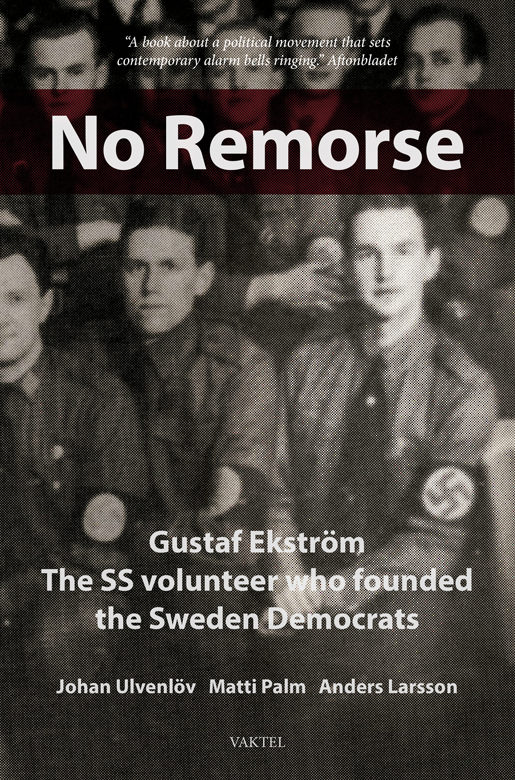
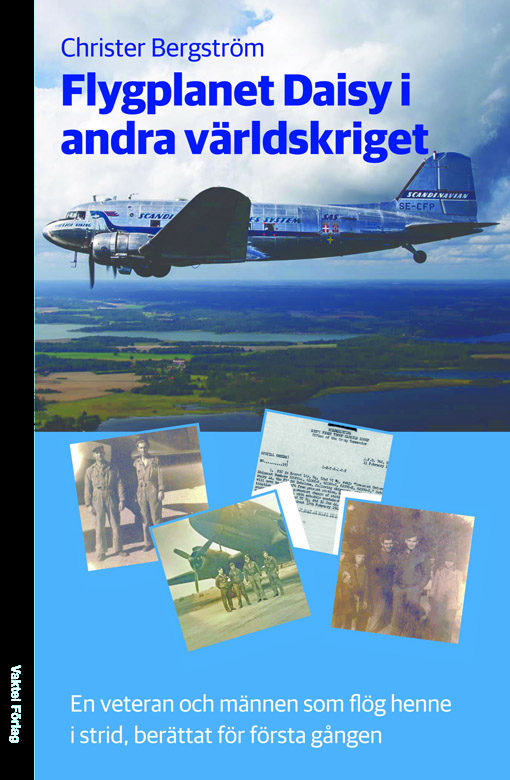
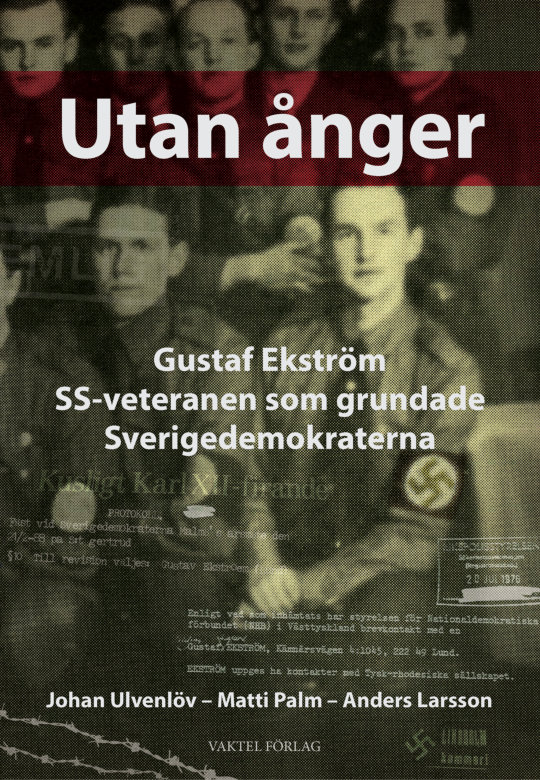
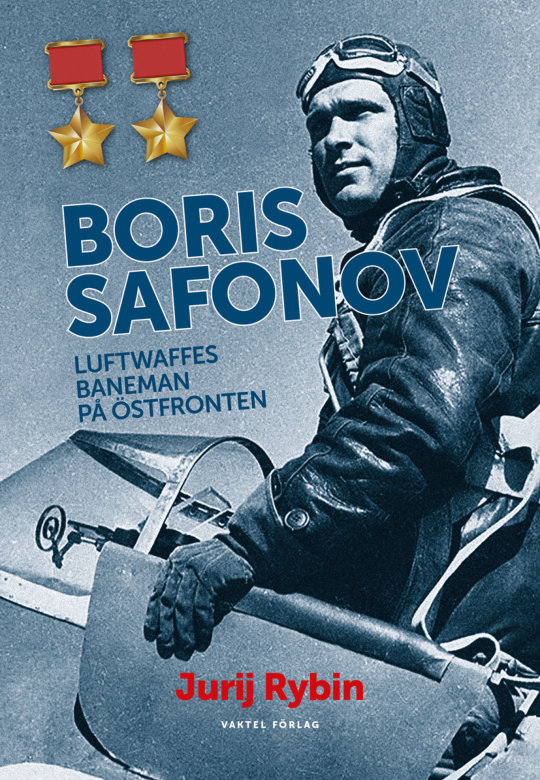

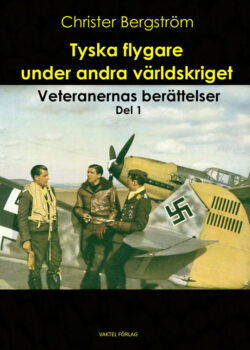




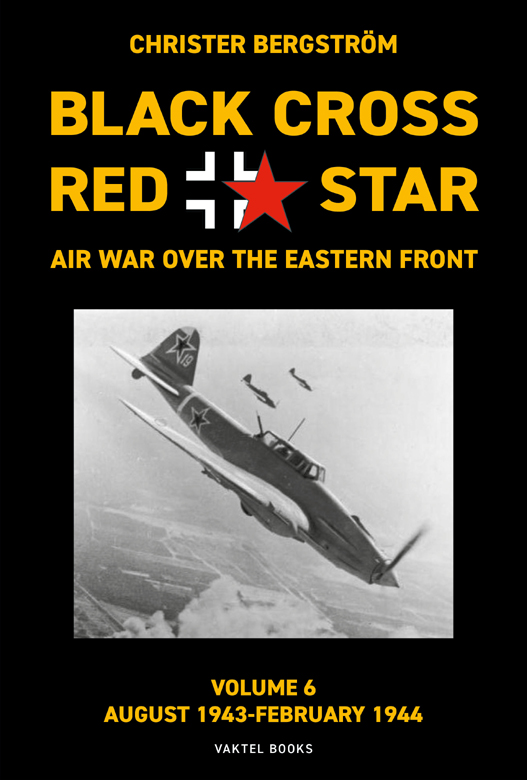
vaktel –
Review by Lars Navander, lieutenant colonel and former Intelligence Officer at the Swedish Headquarters:
’I have never read a more outstanding World War II book. It is amazing how the author has been able obtain all this credible and detailed information. The reasons why the book is so good are the following:
– It describes both the tactical, the operational and the strategic levels. This provides the reader with a full picture
– It analyzes the cause of the events in a clear and logical manner
– The pedagogical design is brilliant, with photographs and sketches inserted into the text.
– The summaries at the end of several chapters are excellent and facilitate further reading.
– Christer Bergström’s famous writing style makes the book an easy read .
– The numerous chapter notes makes the book’s content is very credible.
– The most interesting thing about the book is that some previous assertions have to be revised, such as that the Battle of the Bulge was over when the Patton relieved Bastogne. Other news is that Manteuffel considered the plan to be ’brillant.’ There is much, much more of the same kind! Many myths are convincingly dispelled.
The reading is also facilitated by the appendices – explanations of technical words / abbreviations, equipment tables, various glossaries, technicl comparison tables, etc.’
Lars Gyllenhaal, military historian and writer, member of the Swedish Military History Commission:
’A milestone in Swedish World War II literature … provides many insights both about the battle and the belligerent tactics of both sides.’
Review by Kim Worsch at Amazon.com on 4 December 2013:
(5 stars out of 5 possible)
The battle of the Bulge in a new light!
’This is a heavy book, both in weight and in contents. It has the usual Bergström approach of telling both side of the story in great detail both strategic and tactical. He dare to challenge many of the myths of the battle and corrects many “facts” originating from both post war German accounts and books mainly portraying the allied side. For example the German “fuel crisis” and the myth that they didn’t have enough fuel at the start of the offensive is laid to rest and are explained more as transport difficulties and as a result of the Allied air force later in the campaign. He finds praise and critique on both sides. The badly lead 6th SS Panzer Army is a prime example as well as the failure of allied intelligence in foretelling the offensive but also commends the German side in organizing and preparing the attack. The all important efforts by the allied air forces in stopping the German offensive is described in great detail but also the German defensive successes after the liberation of Bastogne when the battle “ended” in many English written accounts..
A nice selection of photographs from both sides is included but the captions a rather sparse like “A panzer attacks through the snow.” The author confirms the difficulties in obtaining genuine photographs (mostly German) from the battle. Therefore he includes other photos, mostly from the eastern front, but in the same type of setting and from the same time. Also included are colour profiles of both planes and ground vehicles by the renowned artist Claes Sundin. At the end of the book is several appendixes covering strength reports, vehicle casualties and ToEs. This book is for now only availably in Swedish but will hopefully be translated to English in the near future. Highly recommended for all how wants to get hand on a solid reference work that highlights this epic battle in a new light.’